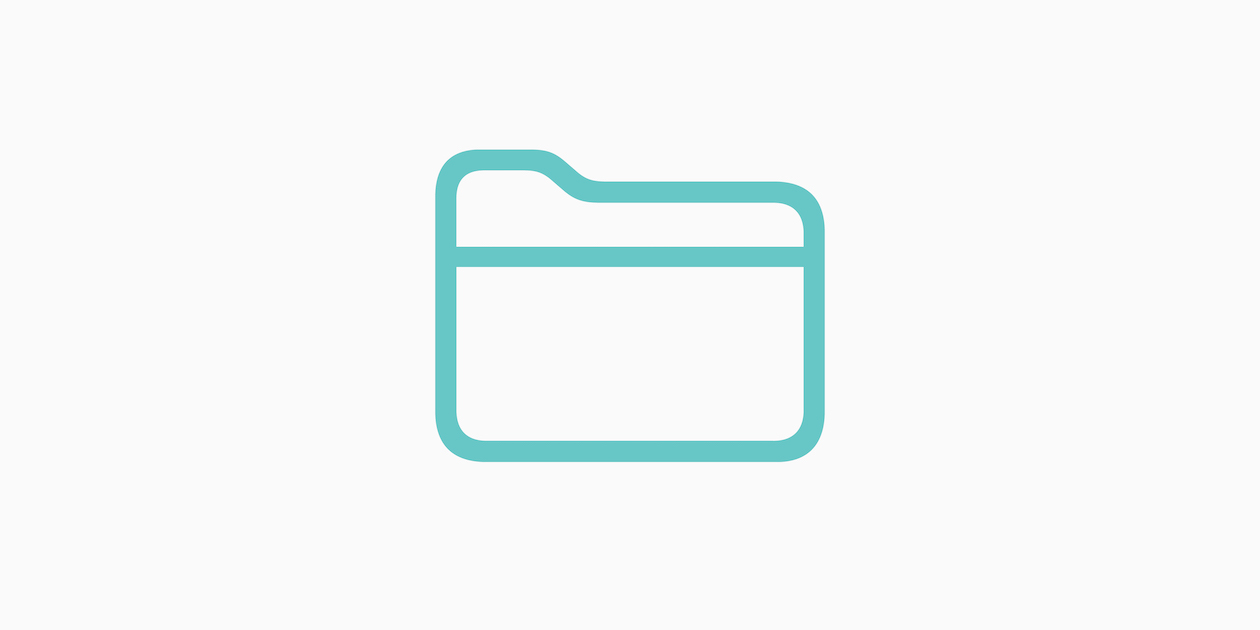If you’re looking for an uncheatable assessment that’s also AI-proof, chances are you’ve been using it all along…
One of my favorite assignments featured in my book and course is the Explainer Video, a combination of images, text, and student voiceover. If your students give class presentations, then transforming the assignment into an Explainer Video is a snap. Just record the presentation with a voiceover and publish the video online. Students have agency creating original artifacts, express themselves designing slides, and aren’t motivated to cheat because the assignment is fun and has purpose.
Just use a presentation app like Keynote to design and record. You can even create custom imaes and animations. Here are some ways you can use explainers in every grade level and subject area:
- How-to. Describe a step-by-step process like solving equations, setting up a lab, or finding reliable information.
- Origin story. Talk about the history of a topic, concept, or person related to your curriculum.
- Dispel myths and rumors. Have students identify misinformation or myths, then debunk it with facts and research.
- Advocacy projects. Have students create a persuasive story to create a constructive change of mind or behavior in an audience.
Find out more about how to create and grade explainer video assignments in my book, Storytelling With Purpose: Digital Projects to Ignite Student Curiosity.










January 30, 2025 . English
English
Some outstanding ideas Michael! The origin story will work in perfectly during Black History Month and dispel myths and rumors is great for Media Literacy projects. I also can see a spin off into Challenge Based Learning for advocacy projects.
Looking forward to more in your book. I finally ordered it. It took me so long because I couldn’t decide if I wanted the printed book or digital copy. I read easier on digital but decided on the print because I could pass it around (and show it off) easier during workshops. Arrives today!
This action is unavailable while under moderation.
This action is unavailable while under moderation.